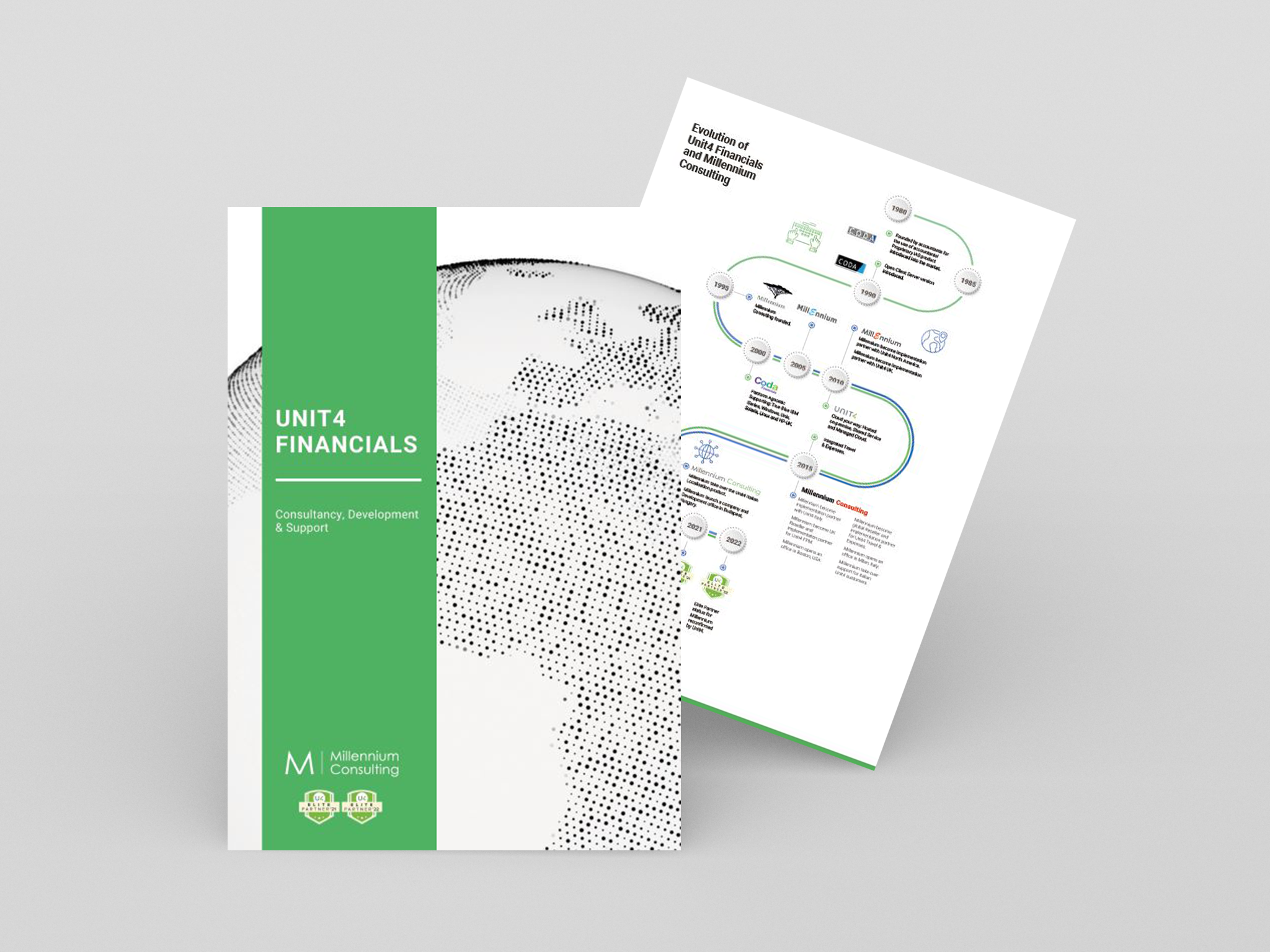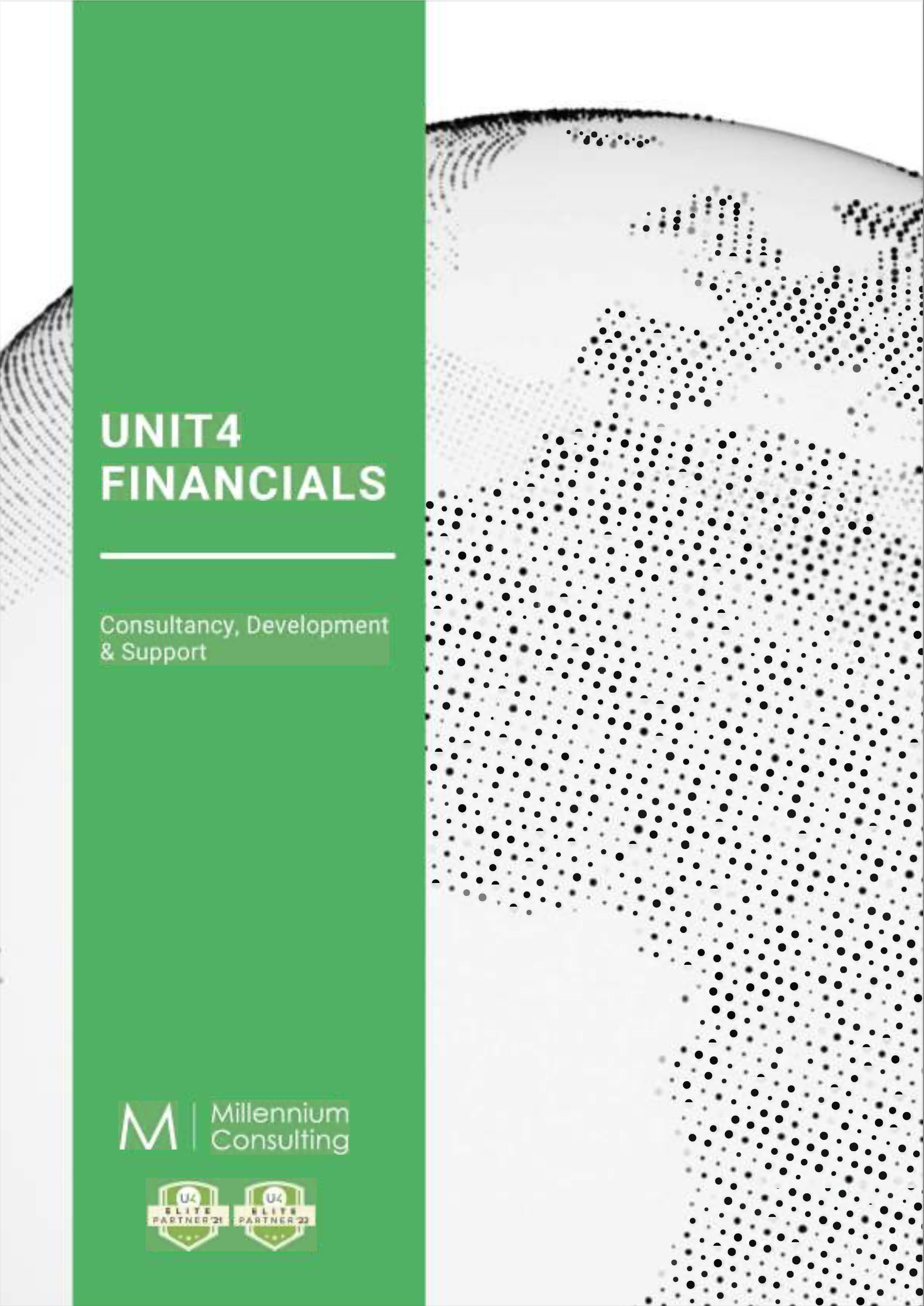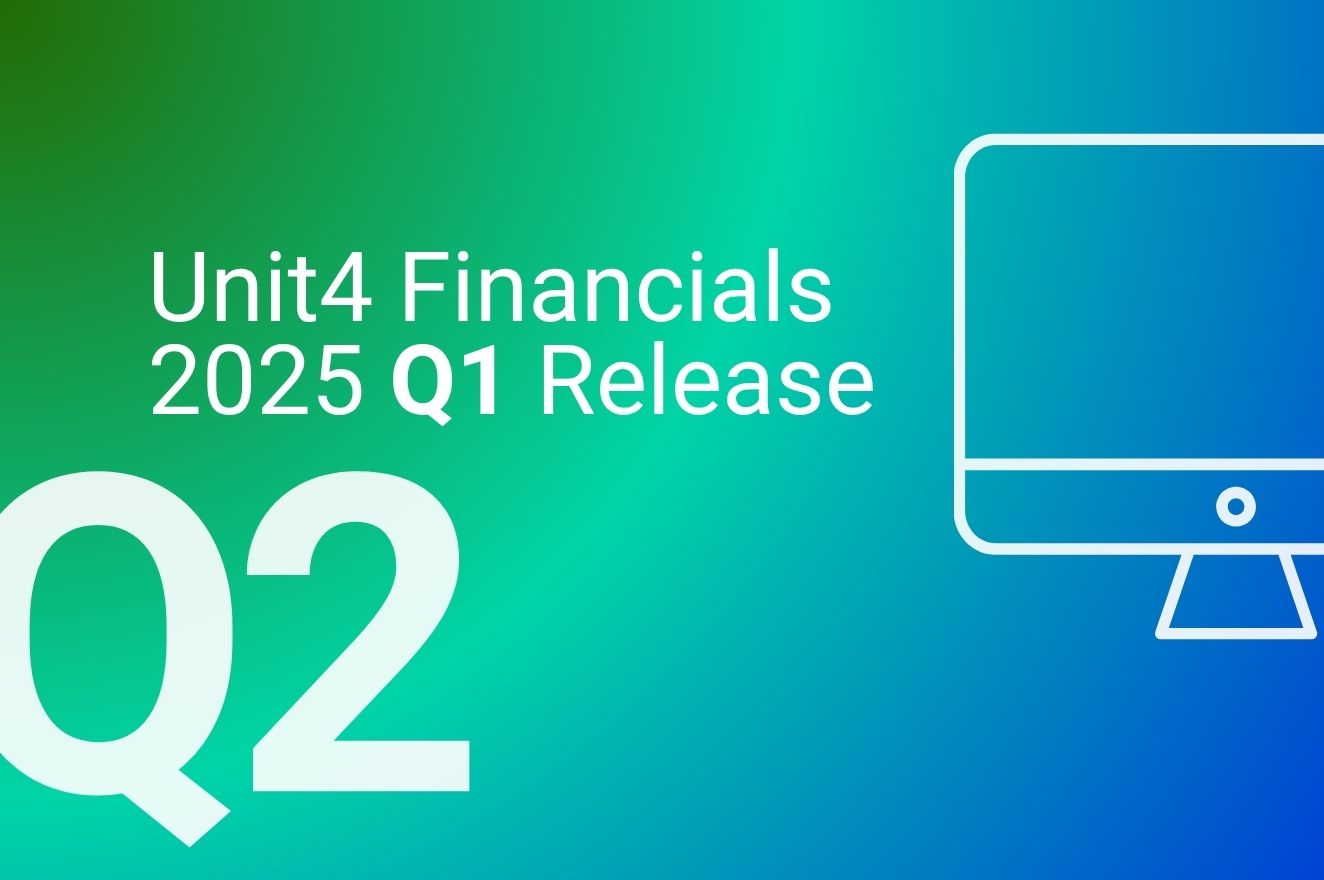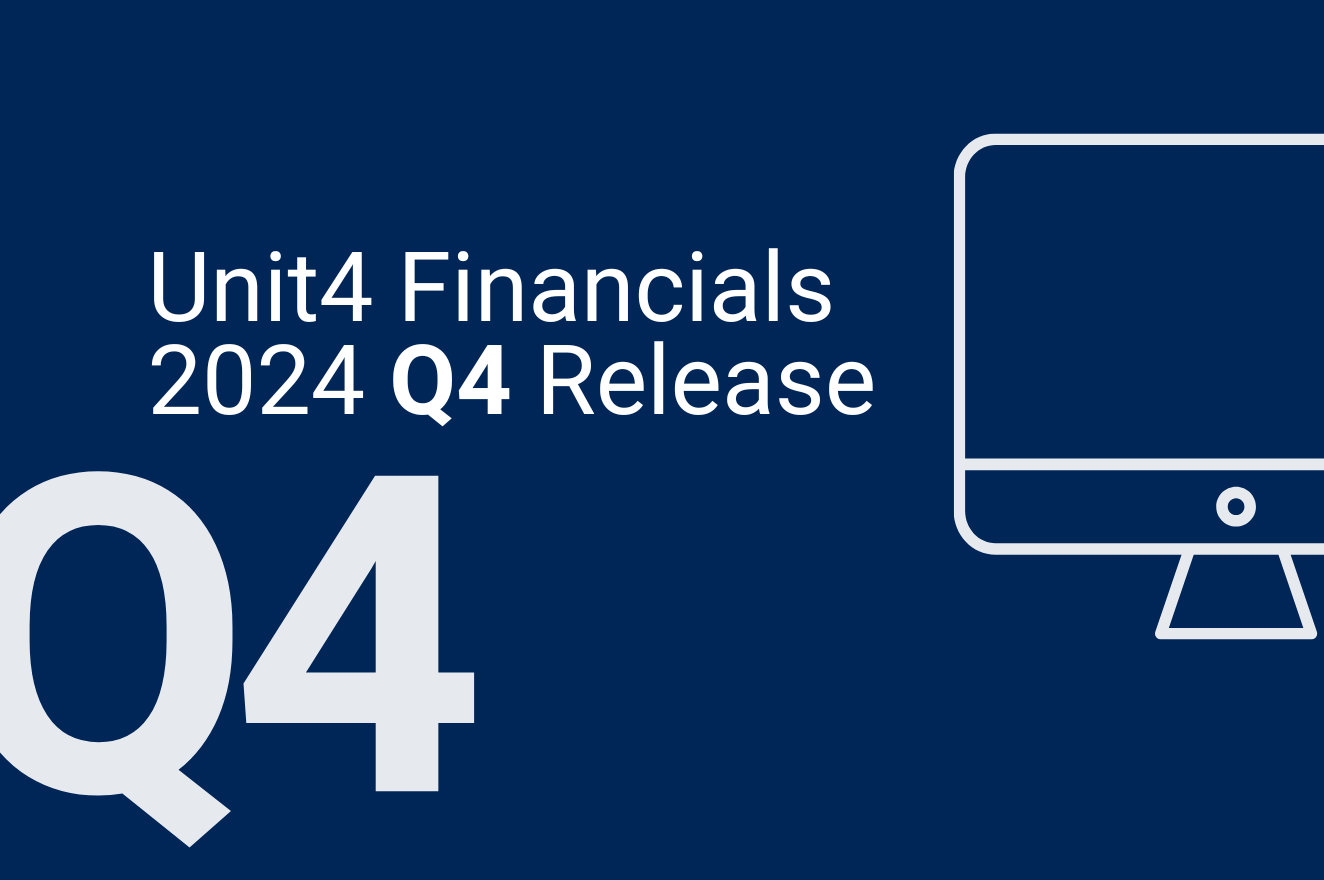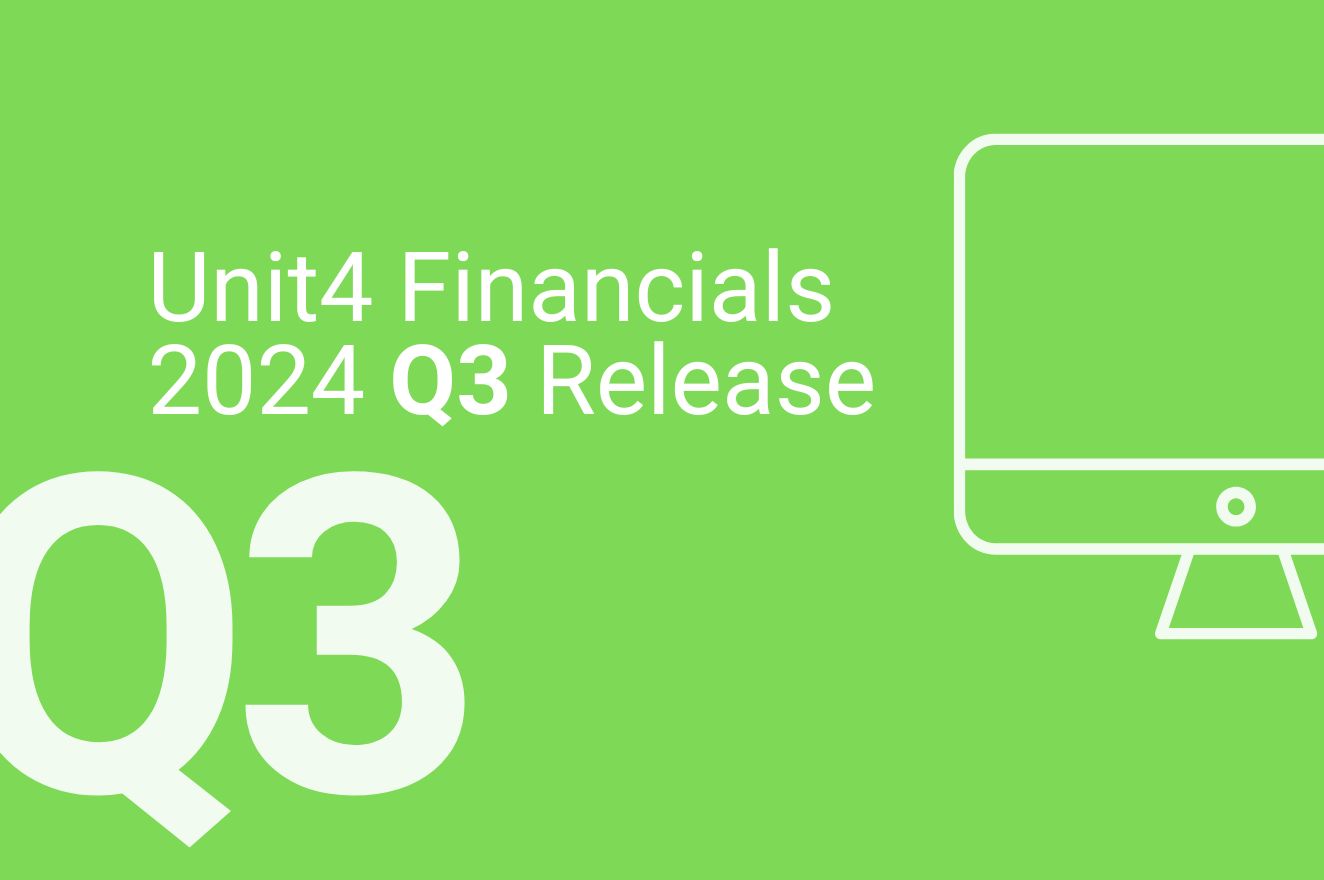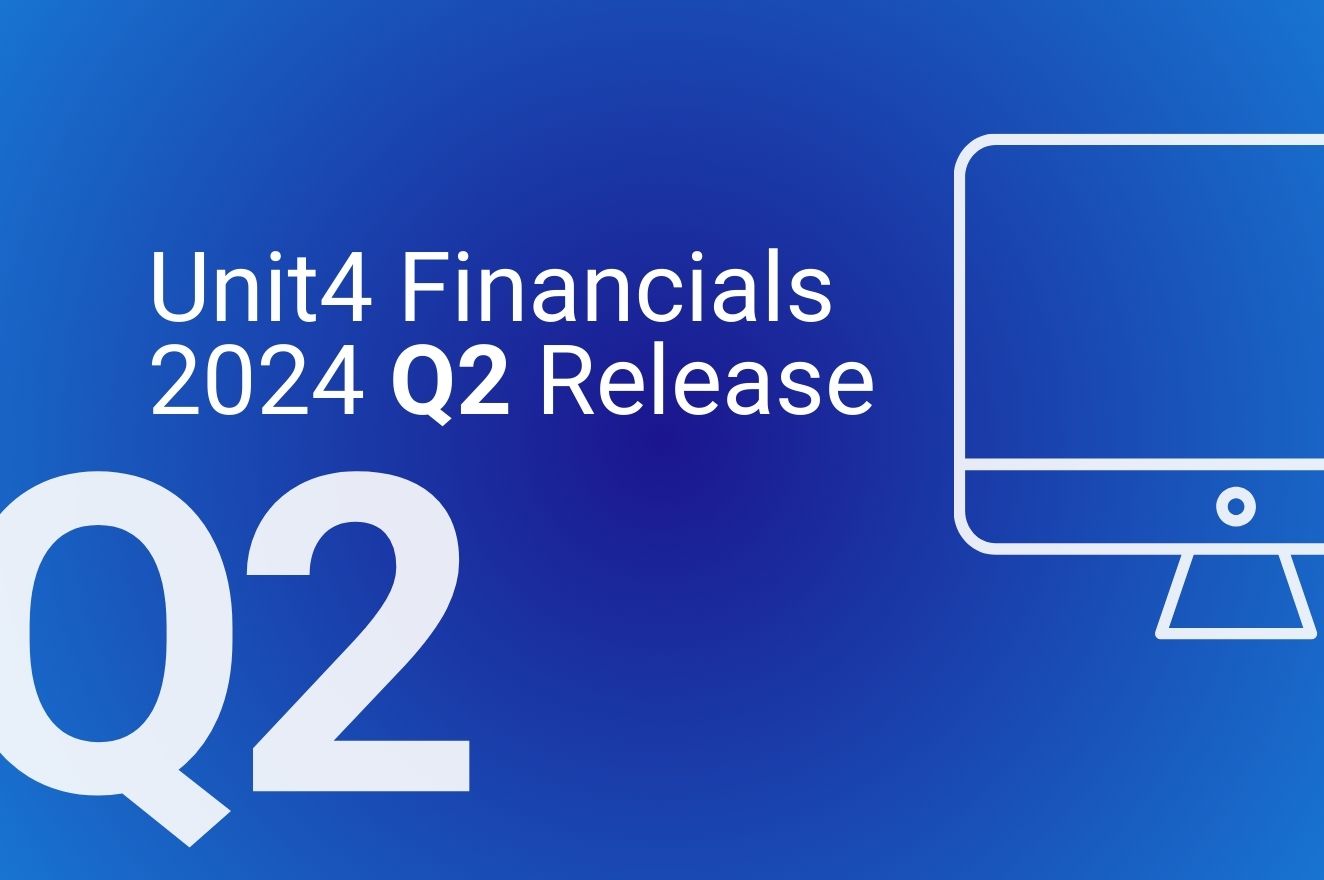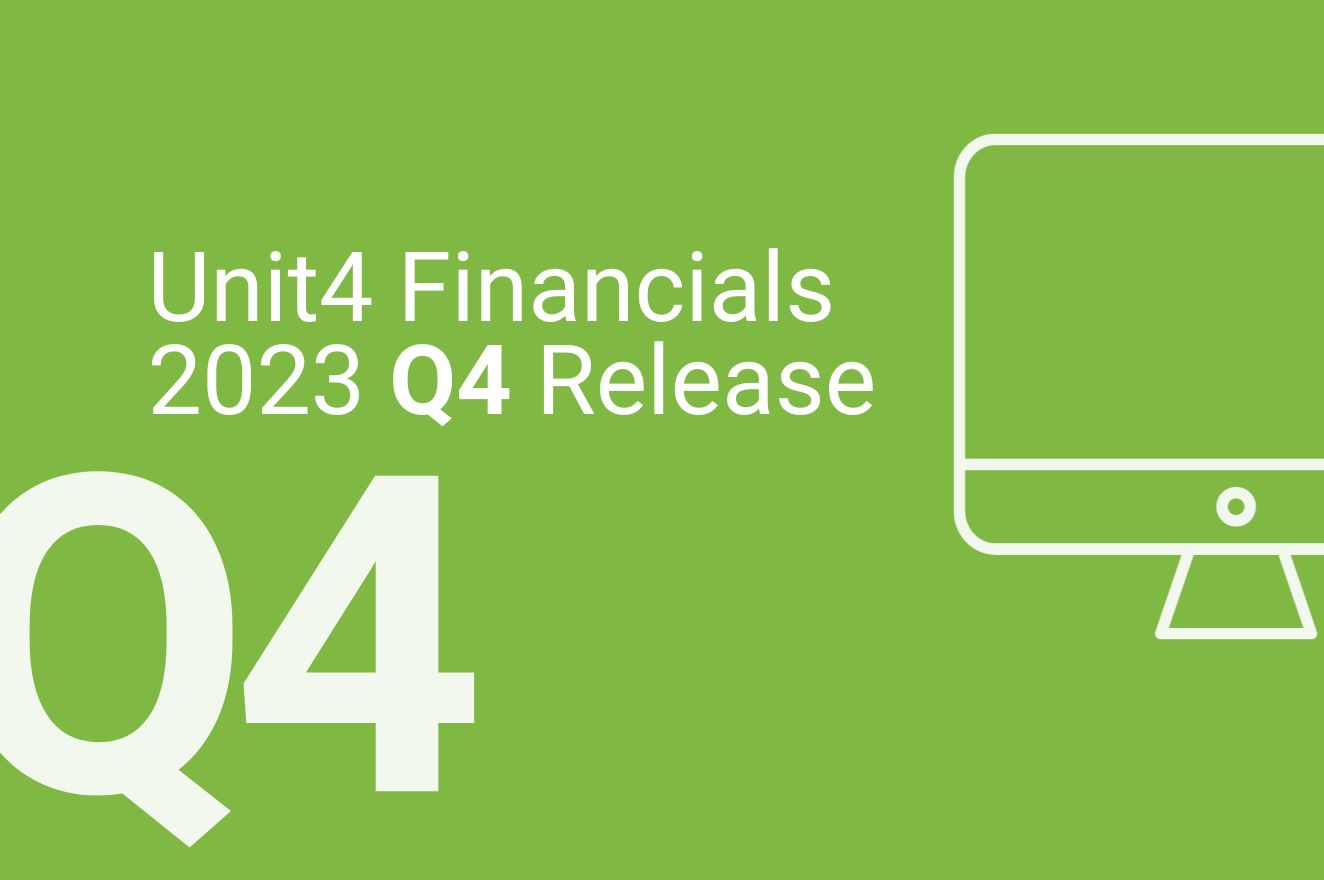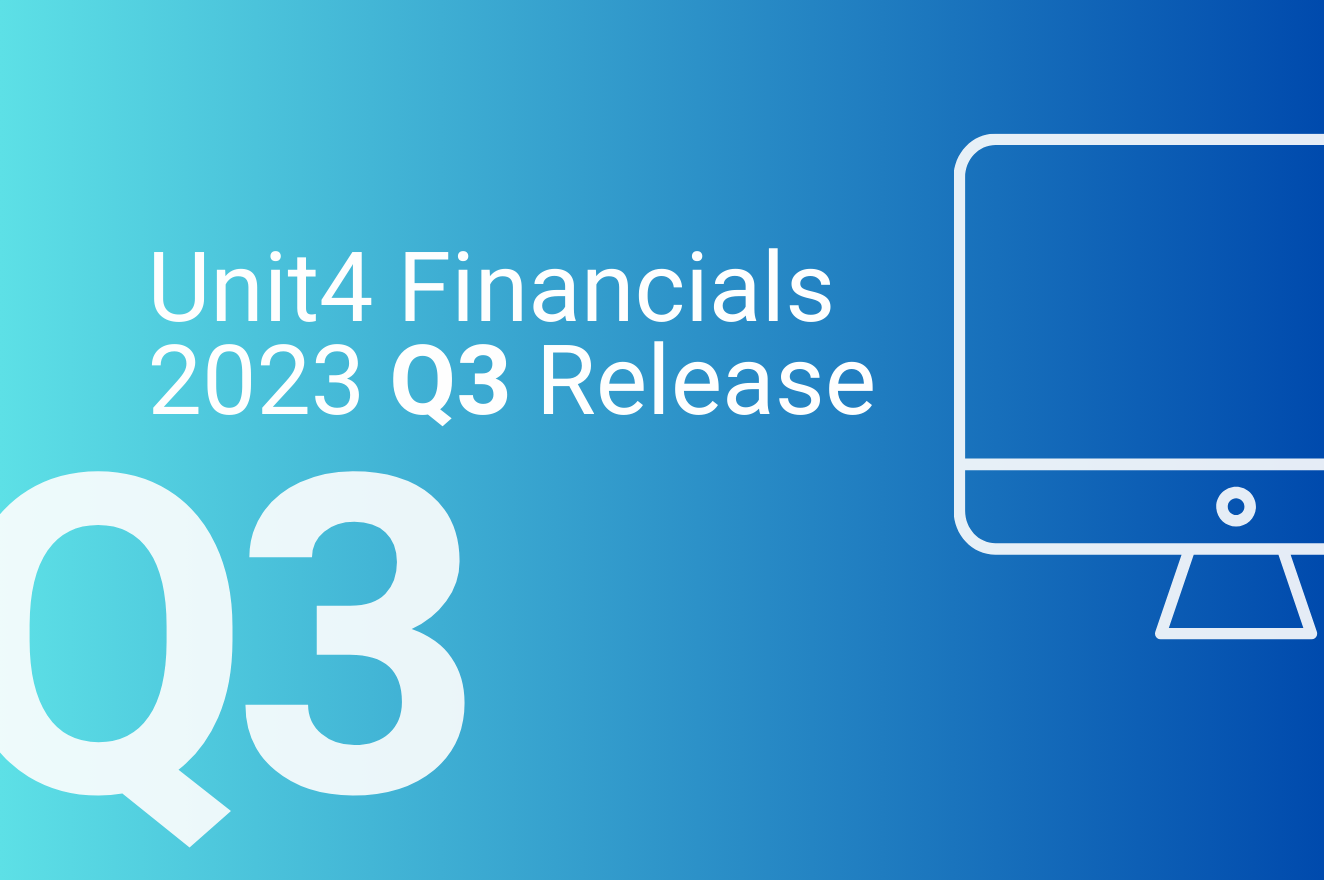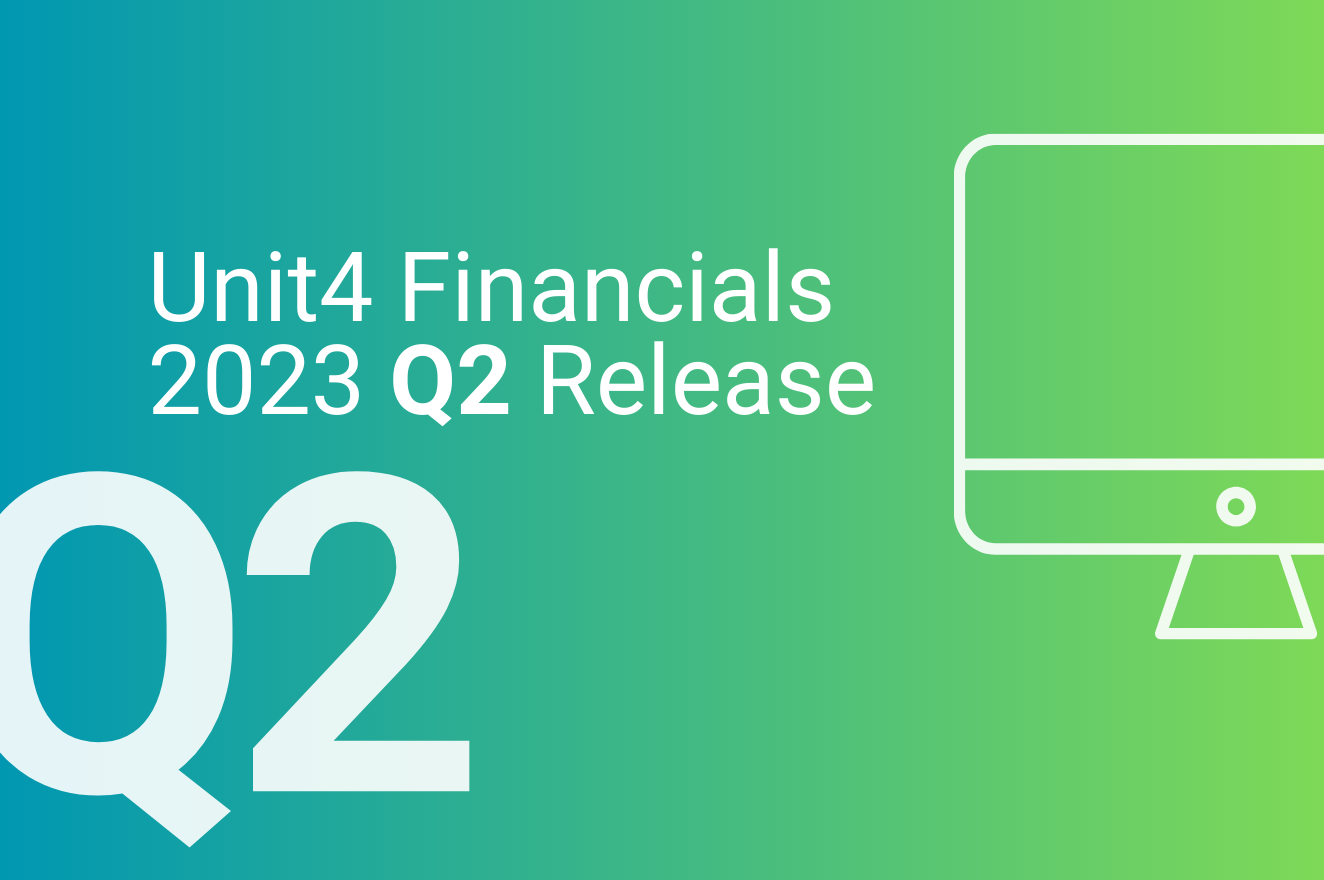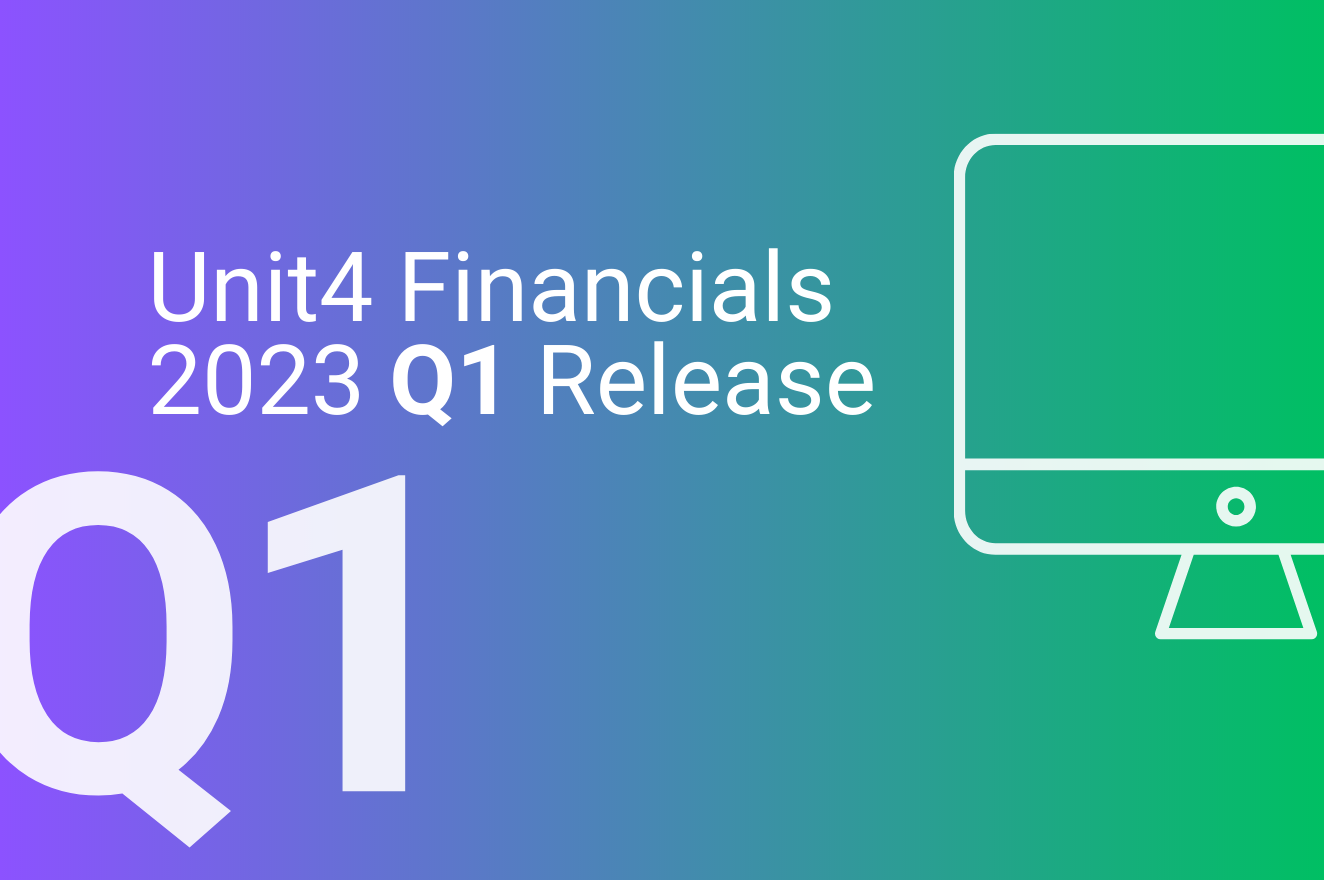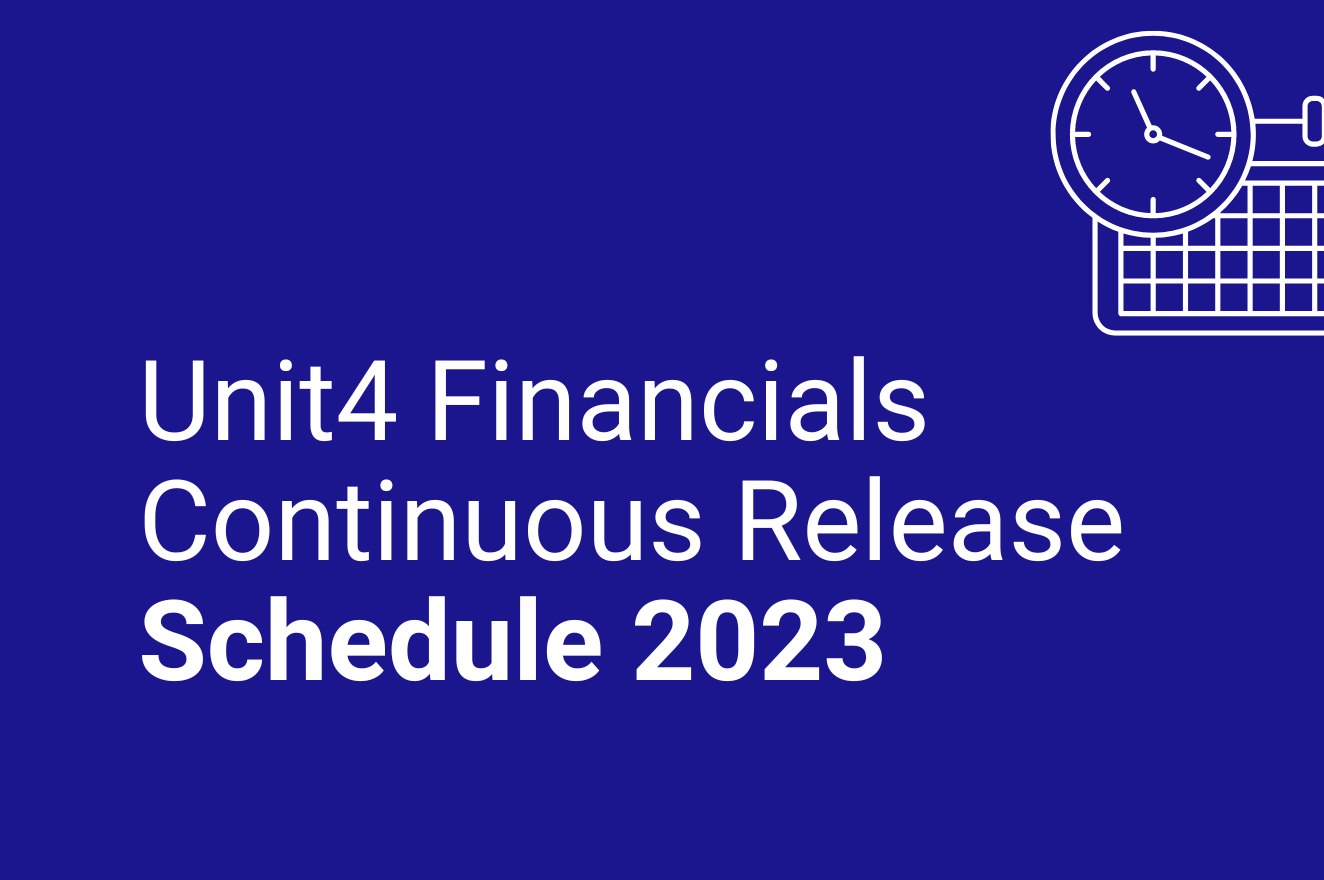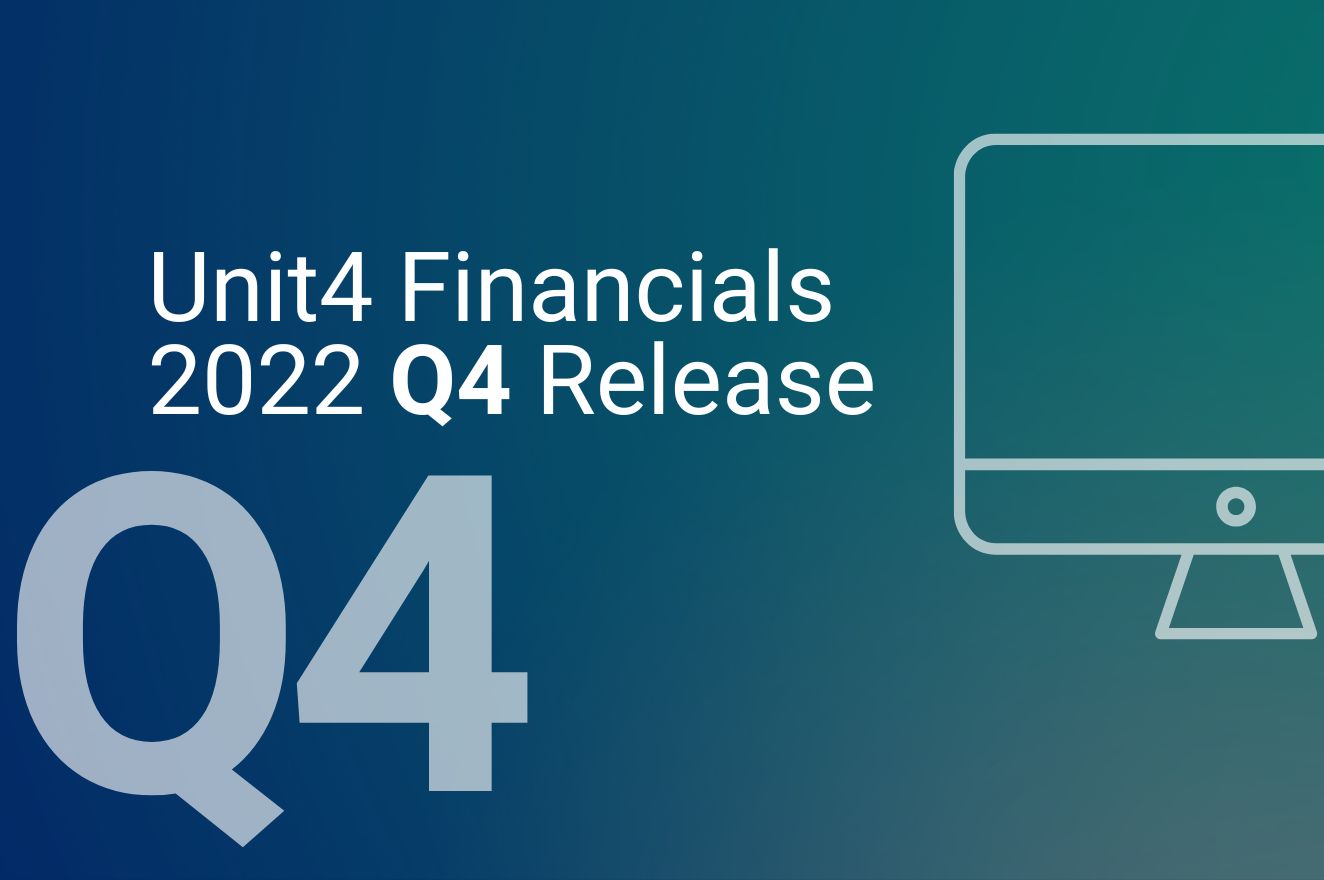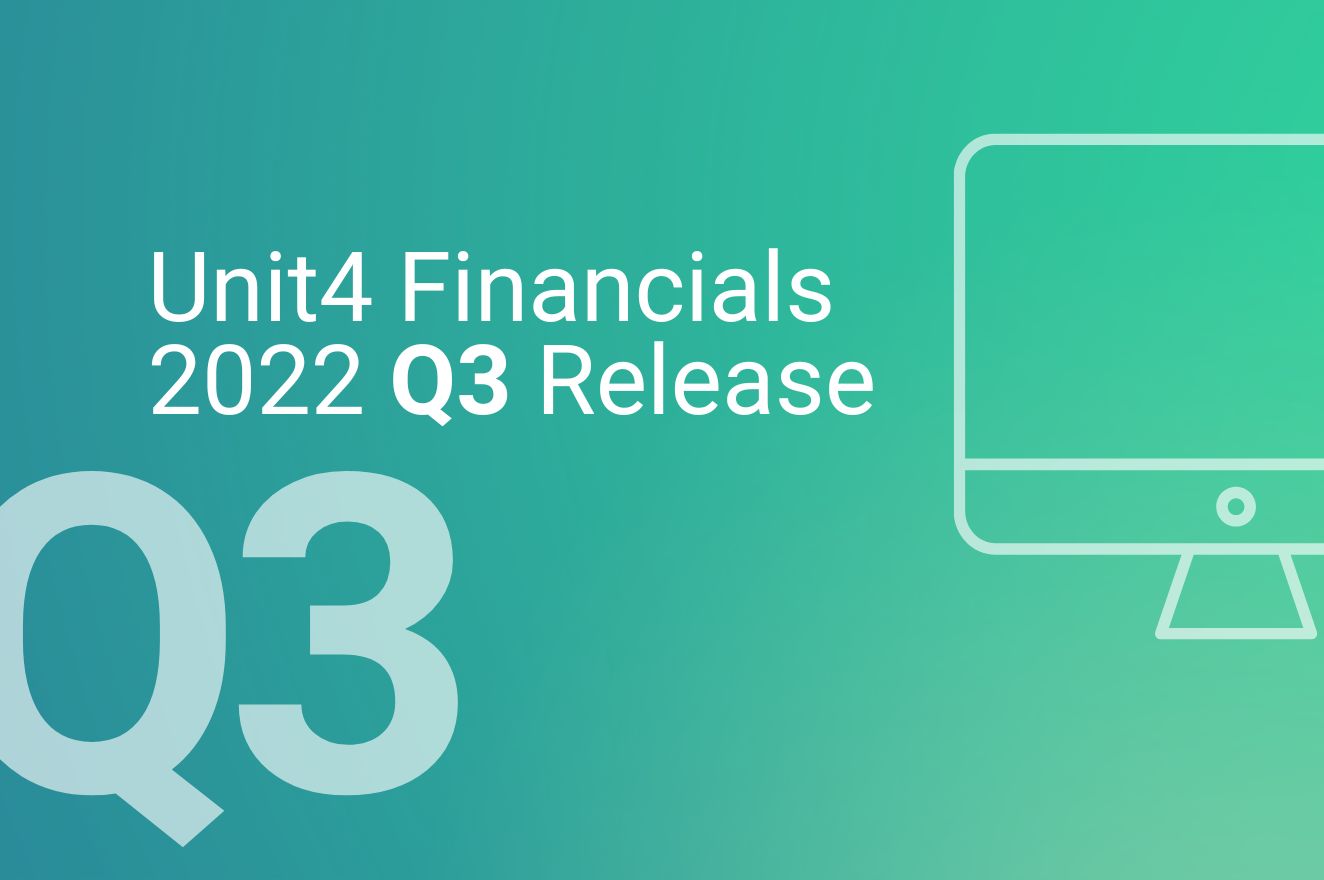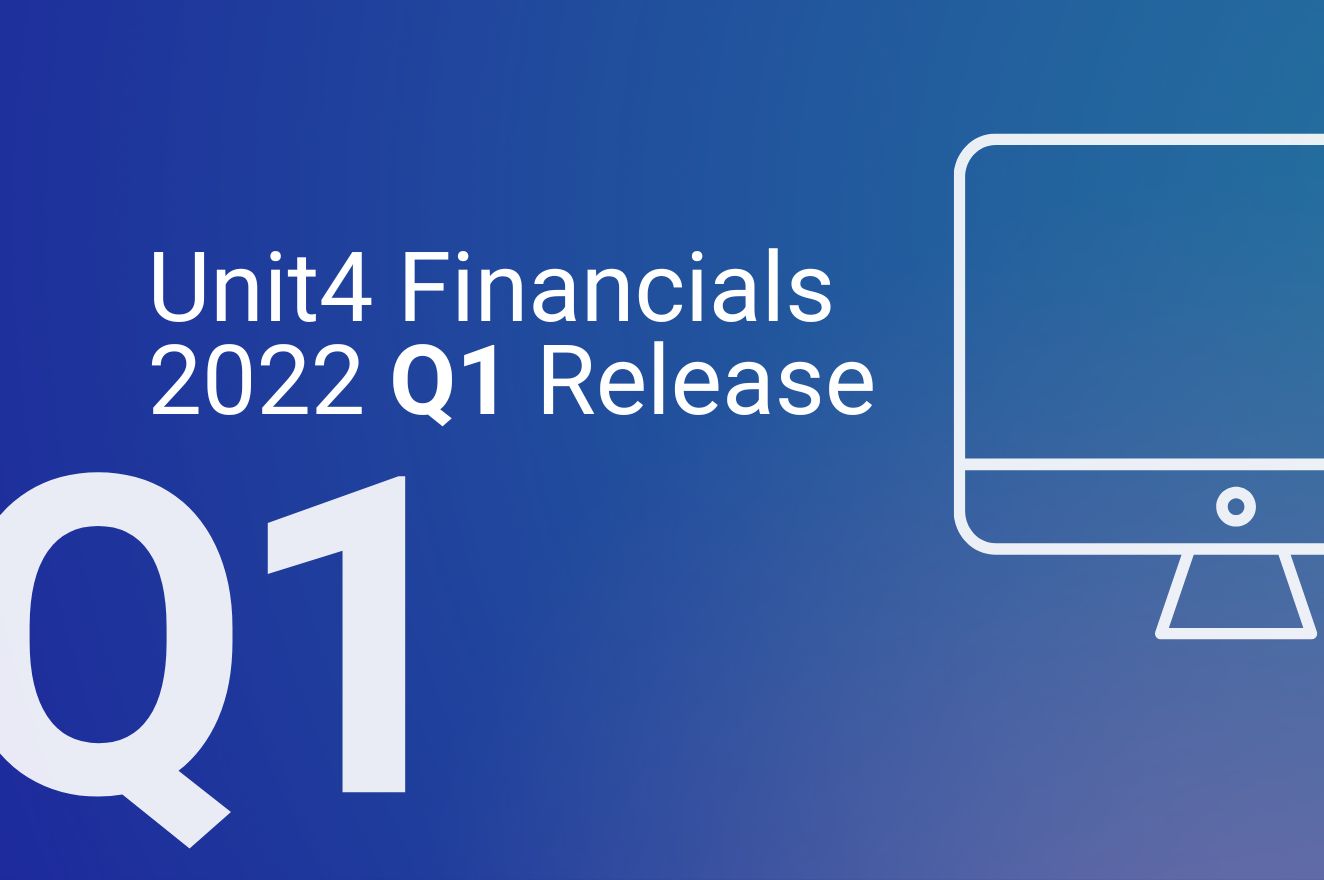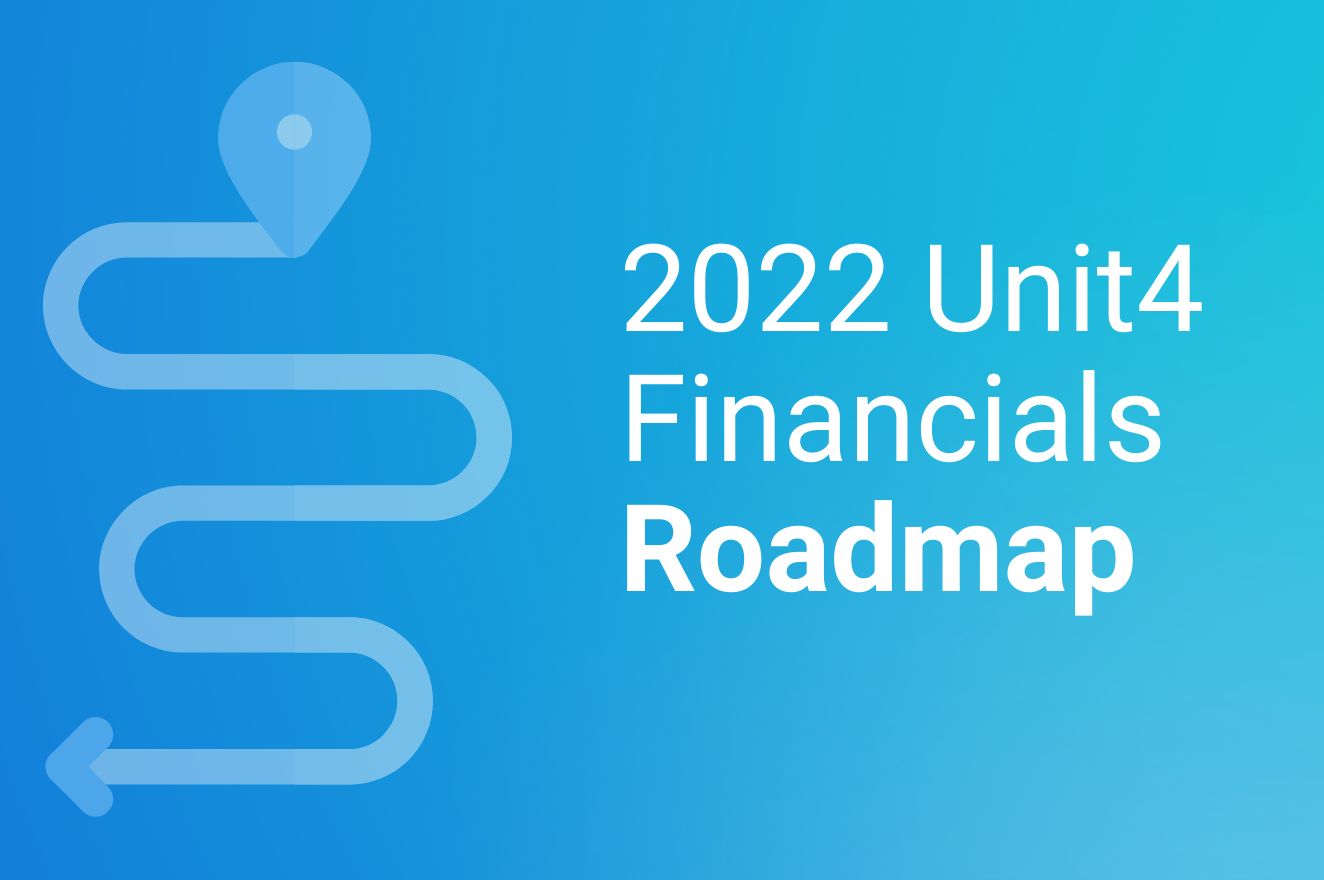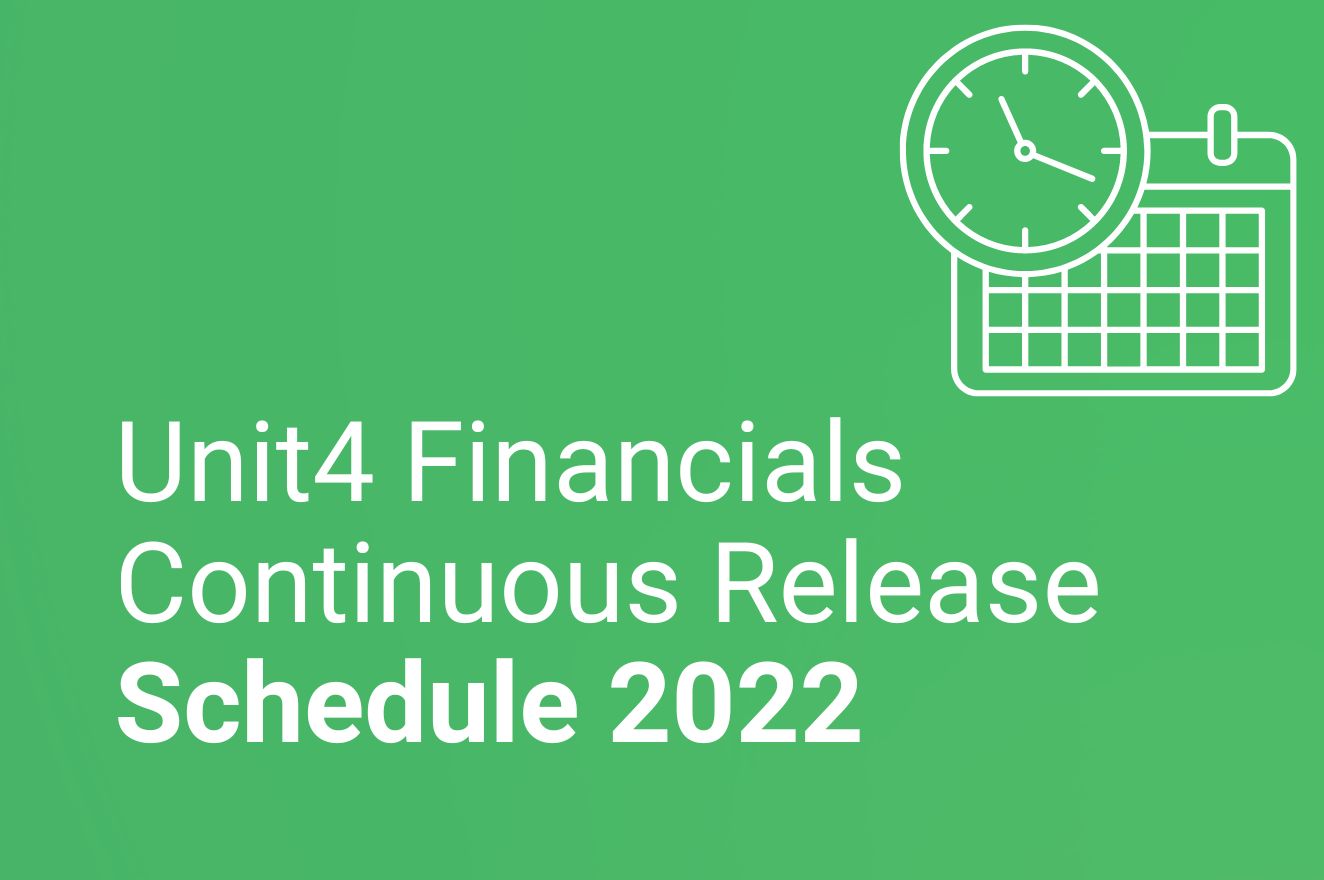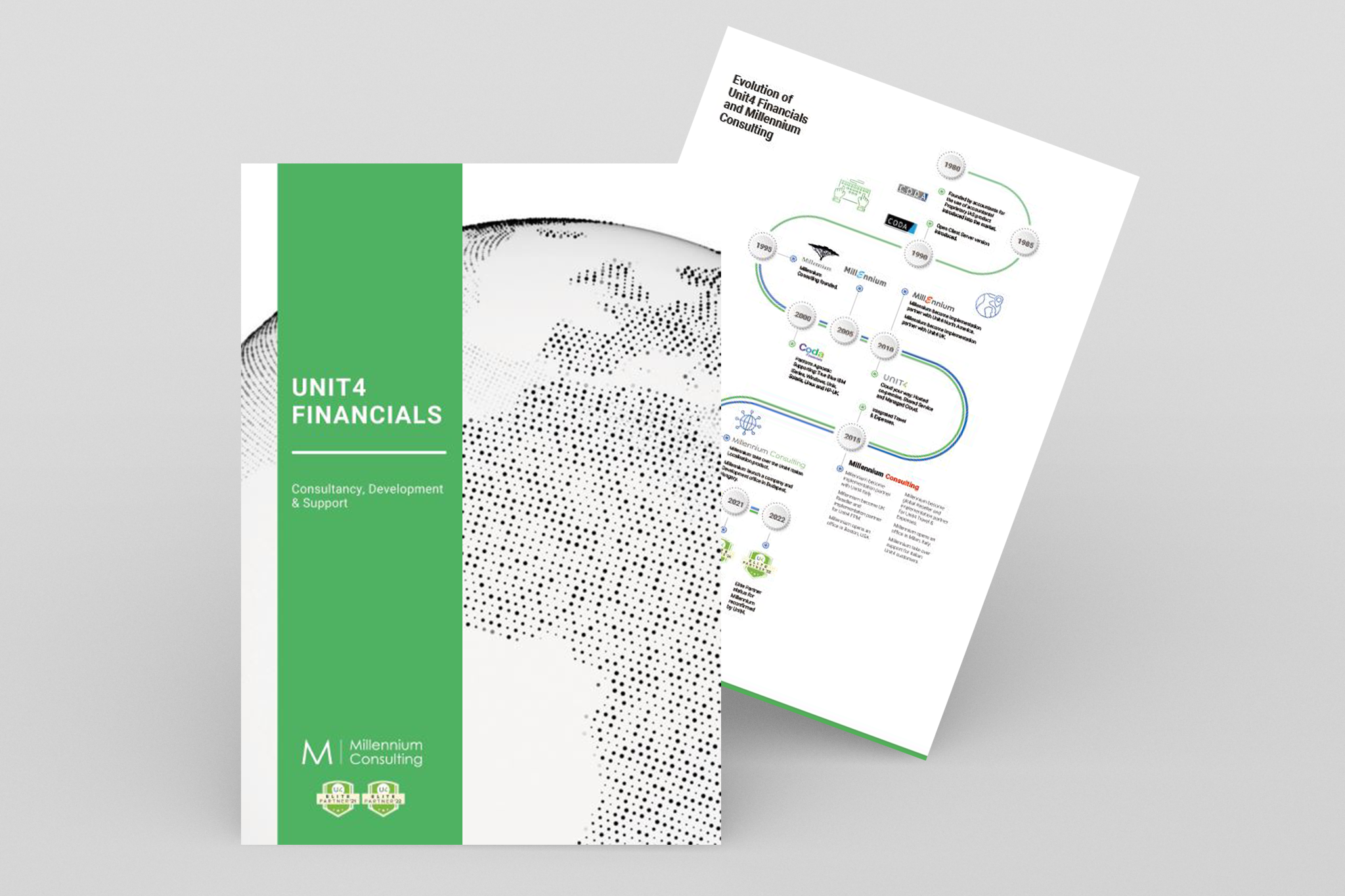Mandatory B2B E-Invoicing in France: What it means for your business
Mandatory B2B E-Invoicing in France: What it means for your business
August 2022
The French Tax Authority (DGFIP) has announced its intention to make e-invoicing and e-reporting compulsory from 1 July 2024*.
Read on to understand what this means and who will be affected by the changes. We also consider the wider global trend of mandatory e-invoicing and the steps businesses should take to prepare for what is ahead.
*Important update: The French government announced on 28th July 2023 that it was decided to postpone the implementation of the system, scheduled for 1st July 2024, to allow sufficient time for this reform to be a success. The date of the postponement will be defined as part of the work to adopt the Finance Act for 2024. Therefore, all dates mentioned on this page are subject to further change.
This page will continuously be updated (originally published August 2022, last updated November 2023)
The what and why of e-invoicing
E-invoicing is different from merely generating an invoice in a digital format. Rather, it refers to specific frameworks for the issuing, delivery, and receipt of invoices in a standardised way.
The data contained in e-invoices follows a structured form, enabling it to be automatically logged on companies’ accounts systems. In most – but not all – jurisdictions where it is mandated, e-invoicing is accompanied by an ‘e-reporting’ requirement, i.e. submission of data to the relevant country’s tax office.
Why is e-invoicing on the rise?
In short it is because governments are losing tax revenue receipts. Across the EU in 2021, the annual tax gap – i.e., the amount of tax revenue lost to fraud or inaccurate reporting – was estimated to be in excess of EUR 130 bn. Tax authorities see it as a way to reduce inaccuracies (not least, e-invoicing theoretically eliminates the possibility of revenue somehow becoming lost on its way to an AP system). E-invoicing is also favoured by treasury ministries because it can help reduce the gap between tax liabilities and tax being actually paid.
When governments go down the mandatory e-invoicing path, they usually apply it to government procurement first, before rolling it out to B2B transactions. The UK is currently at the stage of mandatory e-invoicing for public bodies following the introduction of The Public Procurement (Electronic Invoices, etc) Regulations 2019. This means that virtually all public sector organisations are required to use e-invoicing.
What is changing in France?

France has had mandatory e-invoicing for business-to-government (B2G) transactions in place since 2020. This means that any B2G sales invoice must be an invoice and must be compatible with the country’s designated platform for this, Chorus Pro.
France has now announced that from July 2024, all companies subject to VAT will be required to accept e-invoices. Furthermore, the use of e-invoices along with e-reporting will start becoming mandatory for B2B transactions from July 2024 through to January 2026 (depending on company size).
To whom does this apply?
The rules apply to French VAT registered and established companies. Such companies will need to have the capacity to receive e-invoices. If they issue invoices to business customers, they will also need to move to e-invoicing in respect of those contracts within the relevant timeframe.
Also, the new e-invoicing requirements are accompanied by additional e-reporting rules. Be aware that despite there being no requirement for French companies to issue e-invoices for B2C transactions or in respect of customers based outside of France, certain data in respect of such transactions will need to be submitted to the French tax authority.
Companies with a multinational presence will need to check carefully whether, and to what extent they are caught by the new rules.
Timeframes at a glance
- All companies subject to VAT in France must be able to receive e-invoices starting 1 July 2024.
- Mandatory issuance of e-invoices and e-reporting for enterprises: 1 July 2024.
• Small and medium-sized enterprises (a workforce of less than 5000, and annual sales of less than 1.5 bn or a balance sheet total of less than 2bn)
• SMEs and small enterprises (fewer than 250 employees and annual sales of less than 50m or a balance sheet total of less than 43m)
E-reporting data requirements
E-invoices can be issued through the Portail Public de Facturation (PPF) via the Chorus Pro platform, which is the system currently used for B2G e-invoicing. Alternatively, businesses can opt to send invoices via an approved third-party commercial platform (known as a PDP). Under each system, businesses issue the e-invoice to the platform and the platform does the rest: i.e. delivery of the e-invoice to the buyer and reporting to the French tax authority (DGFIP).
The invoice can be created in one of three base formats compatible with the EU’s e-invoicing standard: UBL, CII, Factur-X.
The following information needs to be captured and transmitted to DGFIP:
Companies with a multinational presence will need to check carefully whether, and to what extent they are caught by the new rules.
• Date of payment collection
• Amount collected, including VAT
• Unique identification number (SIREN) for both supplier and customer
• Intra-community VAT number for supplier and customer
• Intra-community VAT number of supplier’s tax representative
• Supplier’s and customer’s country
• Category of supply
• Invoice issue date
• Unique invoice number
• Number of the rectified invoice if a corrective invoice is issued
• Option for tax payment based on debits
• Total payable exclusive of VAT
• Amount of corresponding VAT by rate
• Applicable VAT rate
• Details of any exemption
• Invoice currency code/designation
• Mention of self-billing (where applicable)
• Reference to any special scheme
• Mention of reverse charge (where applicable)
• Date of delivery or performance
• Date and amount of any deposit paid
Preparing for the changes
Organisations with a corporate presence in France should act now to determine the extent to which the new regime will impact their invoicing and accounting processes. Even if you do not have a French presence but you regularly provide goods or services to companies over there, it is good practice to find out the requirements of your business partners. In other words, if regular customers intend to start using e-invoices, do you have the technical capabilities to accommodate this?
France is currently ahead of the UK in rolling out the mandatory use of e-invoices and e-reporting beyond B2G transactions. However, given the direction of travel in this country (particularly with the government’s Making Tax Digital initiative), it is likely to be only a matter of time until similar requirements are put in place here.
This is the ideal time to consider your readiness for e-invoicing, particularly with regards to AP and AR automation. Also, despite mandatory e-invoicing being a government-driven policy, it can also bring material benefits to businesses. Not least, the fact that data is sent directly to a buyer’s AP system means that invoices can be logged, processed and approved in a fraction of the time it would take with traditional invoicing processes.
More generally, if you can demonstrate to business partners that you are equipped with e-invoicing capabilities at an early stage, it helps demonstrate your commitment to hassle-free billing and invoice management: a potentially valuable selling point in the current climate.
Looking to futureproof your accounting processes to accommodate new ways of invoicing?
Millennium is highly experienced in working with European companies, helping them manage the diverse accounting regulations.
Focussing on digital invoicing, our software has been used to successfully process hundreds of thousands of outgoing and incoming XML invoices for Unit4 Financials (previously known as Coda) since January 2019, when it became obligatory in Italy.
Hythe Beach Clean
July 2022
As part of our Green Agenda, we have been involved in many beach cleans over the years. Last Thursday, on July 14th 2022, our team from Millennium Consulting went out with the Folkestone & Hythe District Council to pick litter along the Hythe beach and canal. It was such a beautiful day, and we were glad to take part in the voluntary cleanup. We want to thank everyone who came to help us. It was a great success! We believe that everyone can contribute to a cleaner environment, no matter how small the effort.
A few highlights:
Everything you wanted to know about Unit4 Financials Chart of Accounts
July 2022
But didn't know who to ask...
By providing a central record of all your company’s accounts, the chart of accounts (CoA) is the foundation for your business’ recordkeeping. Get it right, and the CoA will help to steer your key accounting processes, make it easier to follow financial reporting standards and provide a useful picture of the overall financial health of the business.
So how do you optimise your CoA so it becomes a financial reporting asset? This is where Unit4 Financials proves to be particularly useful. Thanks to its flexible elements structure, the solution offers huge scope to customise your CoA, so it is fully aligned to your requirements, enabling you to stay on top of both statutory reporting and internal management accounting.
To help you get the most out of Financials, read on to get the answers to some of the most frequently asked questions linked to chart of accounts…
Is there a way to download a chart of accounts with numbers and descriptions?
Yes.
Because Unit4 Financials uses metadata, it’s easy to locate the information you need by entering descriptions or codes into a generic browse master. Select the data view that you want to use and then use a presenter and selector to bring up a list of all relevant elements.
Depending on the view you use, you can use the browse master to retrieve more than just codes and descriptions. For example, you could use it to get information such as addresses and bank details.
Flexi-fields provide an easy way to define, capture and retrieve key information within Unit4 Financials. If you utilise the flexi-fields function, you can use it to create a view that will pull in key ancillary information against the elements. For instance, let’s say you have a project that is set up as an element. Using flexi-fields, you should be able to design and create a view that would not only just pull in that element, but also all the flexi-field information assigned to that element (e.g. attributes such as project manager, project type, start and finish dates etc).
Tip: for more information on this, take a look at our flexi-fields guide here.
Can you have different Charts of Accounts for different companies inside Unit4 Financials?
Yes, you can have different chart of accounts (element strings) for different companies within U4F.
And of course, it’s worth remembering that you could have two GL code structures relating to the same company; one being a local structure and the other being a corporate one using element substitution.
Each company has its own reporting and accounting requirements. For most, a single CoA is all that’s needed. If, however, you require more than one CoA, this is possible to set up within Unit4 Financials. Remember, that you can also have a different element string in each company but common GL code structure to enable consolidation reporting.
I’ve used a finance system that allowed the use of what were called ‘posting and reporting attributes’ and allowed the creation of relations between different attributes. Is there something similar in Unit4 Financials, and would this include element groups?
Element groups within Unit4 Financials can give you this capability. What’s more, a similar end result can also be achieved through flexi-fields, as this function enables you to create a relationship between different elements.
A word about Chart of Accounts design
There are two aspects to this.
The first is to ensure you get the element structure correct, otherwise the CoA will fail to include the information required by your organisation.
The second is the use of wildcards (*). The GL code structure should be configured to facilitate this. For example, if you need to retrieve fixed assets account information, it is a lot easier to enter a * in the box than to stipulate that you need to see all assets in the range of, say, 1,000 to 1,999.
Chart of Accounts demonstration
Our Spotlight video demonstrates optimal CoA design and configuration, showing you how to extract precisely the information you need directly from Unit4 Financials. Watch it here…
Is your Chart of Accounts still fit-for-purpose? Optimise the easy way with Millennium Consulting
Especially after corporate reorganisation or a shift in business focus, a fresh pair of eyes can be invaluable.
Millennium Consulting can help you design a new CoA and element structure to ensure alignment with current business needs. This includes expert workshops to understand your reporting and accounting requirements, along with creation of an element structure and CoA that’s customised for your organisation.
To discuss your options, please do get in touch.
Millennium Unit4 Financials Consultancy, Development & Support brochure
Unit4 Financials Consultancy, Development & Support brochure
Millennium Unit4 Financials Consultancy, Development & Support brochure
BLOG
Discover the latest Unit4 Financials releases
Contact us for further details
From the latest version of Unit4 Financials to the modules and add-ons that streamline your processes, we are the experts in helping you deliver finance transformation, talk to our experts today.
Unit4 Financials Consultancy, Development and Support Brochure
Unit4 Financials Consultancy, Development and Support
July 2022
At Millennium Consulting, we are experts in business transformation, accounting, software development, regulatory compliance, and the impact of business and technology change.
For over 25 years, Millennium have provided global solutions and services across the world’s most demanding industries, with customers in finance, retail, logistics, construction, and manufacturing.
ESG in focus: your essential guide
ESG trends, reporting frameworks, challenges, and opportunities
July 2022
In this whitepaper, we outline the ESG trends, reporting frameworks, challenges, and opportunities. Including the what and why of ESG and what opportunities lay ahead with a strategic lever.
Millennium Raising Futures Kenya Golf Day 2022
We raised £4,500 for Raising Futures Kenya
There’s something about the annual Millennium Raising Futures Kenya Golf Day that seems to bring out the best in the UK weather and this year was no exception. Of course, bright sunshine is normally accompanied by grey clouds and this proved to be the case on Friday at Westerham, Kent.
The players assembled to compete for the coveted Millennium Golf Challenge trophy and this year it was the Europeans who emerged victorious, ably captained by Ray Seamer, a legend in Millennium circles.
The individual scratch winner was Gordon O’Malley on 77 and Stableford winners were Derek Mcateer and Jane Keet with 42 points apiece. Other prizes were awarded for the longest drive, closest to the flag and best turned out team.
A post-round dinner followed the golf and afterwards Kirsty Erridge of Raising Futures Kenya provided an insight into the activities taking place on the ground in Kenya and demonstrated the value of the support we provide.
Thanks are due to our corporate Sponsors, Unit4, ICorp, Hennessy IT Consulting, Sound Integration and Arbonne International as well as the gifts many of the players such as Fiskars Group and Derek Mcateer provided on the day.
Here are some of the highlights:
The day generated £4,500 for Raising Futures Kenya and the money will be put to good use helping young Kenyans.
We look forward to reconvening in 2023 for the next event and the date and location will be announced in the coming months. We welcome new participants so if you would like to play next year then contact the Millennium team who will be happy to update you with the details.

Looking at the Diary Function in Unit4 Financials
June 2022
Discover how the diary functionality within Unit4 Financials helps ensure that key tasks are actioned or followed up at the right time…
What is the diary function?
The diary function can be used with Documents and Elements in Unit4 Financials. You can use it to record actions you have taken, as well as for setting reminders for new events and follow-up actions.
Credit control is an obvious area where the diary function proves particularly useful. For instance, you can create a diary event as a reminder to check the payment status of a specific invoice or to telephone a particular customer. You can also create diary events to record the fact that an action has been taken (e.g., the date on which a chasing letter was sent to a customer).
More generally, you can use the function to set reminders for events such as appointments and submission deadlines.
Accessing the diary function
Diary events can be applied to a whole debtor account, an element, or to an individual transaction (a Document).
The diary is available in the following areas:
• Browse details & matching. This allows notes to be applied to individual transactions.
• Age debt reports & account summary. This allows notes to be applied to whole accounts and individual transactions.
Every diary event is assigned to a relevant financial user. The assigned user is then responsible for ensuring the event is actioned.
To edit events for an element or document, you need write access to the element master.
For a document line, you must have ‘write’ access to the line. When you attempt to save a diary event or make changes to that event, validation checks are made. If the event is not valid, the reason for the error is displayed.
Viewing diary events
You can view diary events associated with any company or element you have access to.
Your personal diary can be viewed by going to Finance > Enquiries > Diary. This provides a simple view of your diary events, allowing you to quickly identify which events are due, along with the priority status for each event (high, medium, or low).
Watch the diary function in action
In this Spotlight video, we illustrate how the diary function works in practice. We also take a closer look at how to use your personal diary, along with the masters behind the diary.
For further advice on configuring your diary or any other aspect of Unit4 Financials, our consultants are always happy to help. To put our expertise to work, contact Millennium Consulting today.
Unit4 Financials 2022 Q2 Release
June 2022
Unit4 Financials 2022 Q2 Release
Unit4 Financials 2022Q2 was made available on 7th June 2022.
The new release contains all the previous Unit4 Financials functionality and new features. Plus, many additional customer requested fixes, highlighting the importance of logging enhancements via Unit4’s Community 4U.
Highlights of the release include:
Finance
- Browse Transactions
- Statement Processing
Billing
- Billing Browse
Console
- Client Secret
Administration
- Customiser
- Print Formatter
- Workflow Designer
- XL for Finance and Procurement
- Removed feature – XL Scheduler
General Fixes/Updates
- The AppParams WebService no longer fails with the error “Invalid document version”.
- Customiser now allows the height to be changed for the comment object on an account summary.
- In Generic Browse ‘Select all lines’ is no longer limited to the current page.
- Customiser can now open customisations when container managed authentication is used.
- Webservices licence is no longer required for Print Formatter and Workflow Designer.
- Metadata upgrade now sets the object definition key type correctly.
- Performance has been improved in Billing Browse when opening sales invoices with a large number lines.
- Billing can now issue/reissue invoices without attachments, when ‘Send related attachments’ is set on the output device master.
- Authorising an element with an attachment no longer fails with a database deadlock.
- Budget Check and Commitments are now calculated correctly for companies with Financial Periods not matching calendar months.
- WebServices/XMLi has been has been changed to disallow an unbalanced match when matching and using commit.
- Element Template number ranges are now set correctly when using copy company and using the target save function across companies.
- Element authorisation now can handle more than 10 left or right list entries.
- Bank reconciliation no longer loses the selected status on rows when ‘Include selected’ is used.
- Pay write now handles values with more than 2 decimal places correctly.
- Pay write now handles very high values correctly.
- Drill down to commitments from Browse Balance now returns data correctly.
- Element Table Link has been changed to handle larger volumes of updates without having an ‘out of memory’ error.
- ITK can now handle extracting and transforming larger volumes of data.
- Punchout no longer fails when an invalid lead time is received.
The Release Notes detailing the fixes and features within this release can be found in the Documentation area on Unit4’s Community 4U.
Read here to find out when Financials updates are scheduled for 2022, along with important information for legacy V13 and V14 users.
Is it time to upgrade?
Using Flexi-Fields in Unit4 Financials
June 2022
In the first part of this blog series, ‘Introducing Flexi-Fields in Unit4 Financials’, we showed how the flexi-fields function can significantly enhance the quality of information you can hold on any element or transaction in Unit4 Financials. In case you missed it, read the article here.
As a follow-up, here is a closer look at how flexi-fields can enrich your reporting and other key processes…
How do flexi-fields tie into Unit4 Financials reporting and browsing?
Unit4 Financials has built flexi-fields into all its reporting functionality.
For generic browsing, you can incorporate flexi-fields into a metadata table. Through metadata, you can produce a generic browse report.
The same applies to browse transactions. Again, this function is dependent on metadata, so if you build the flexi-field into the data view, you will be able to browse the transactions through that facility.
Unit4 has also built flexi-fields into older reporting facilities such as browse balance, browse details, browse ledger and aging and account summary.
If you are looking at selectors, presenters or browse balance masters, you will see that the option is there to add flexi-fields into those reports.
How do you add the flexi-field?
In all the instances above, it is simply a matter of creating the flexi-field and adding it to the appropriate report master.
How is flexi-field information shown in outputs?
For items such as invoices, remittances, customer statements and reminder letters, you can build flexi-fields into your print formats. The one main exception where flexi-fields are not available is in connection with procurement and invoice matching. Within procurement you can integrate user-defined fields, which work in a comparable way.
How do flexi-fields benefit your business?
This handy function effectively transforms Financials from a set of interconnected ledgers into a fully-fledged information system.
Previously, users were limited to just a handful of reference fields for documents and elements. Now, through a combination of element and transactional flexi-fields, there is no limit on the categories or volume of information you can attach.
Best of all, this information is both reportable and browsable – and can be automatically integrated into key outputs such as invoices, remittances, and reminder letters, helping to reduce your transactional burden even further.
How do you add the flexi-field?
In all the instances above, it is simply a matter of creating the flexi-field and adding it to the appropriate report master.
How is flexi-field information shown in outputs?
For items such as invoices, remittances, customer statements and reminder letters, you can build flexi-fields into your print formats. The one main exception where flexi-fields are not available is in connection with procurement and invoice matching. Within procurement you can integrate user-defined fields, which work in a comparable way.
How do flexi-fields benefit your business?
This handy function effectively transforms Financials from a set of interconnected ledgers into a fully-fledged information system.
Previously, users were limited to just a handful of reference fields for documents and elements. Now, through a combination of element and transactional flexi-fields, there is no limit on the categories or volume of information you can attach.
Best of all, this information is both reportable and browsable – and can be automatically integrated into key outputs such as invoices, remittances, and reminder letters, helping to reduce your transactional burden even further.
Watch flexi-fields in action
For a flavour of what flexi-fields can do in the context of a project (just one of many possible applications), look at this video:
For further tips on getting the most out of flexi-fields, upgrading from legacy versions or any aspect of process optimisation, our Unit4 Financials expert consultants are always glad to pass on their knowledge.












